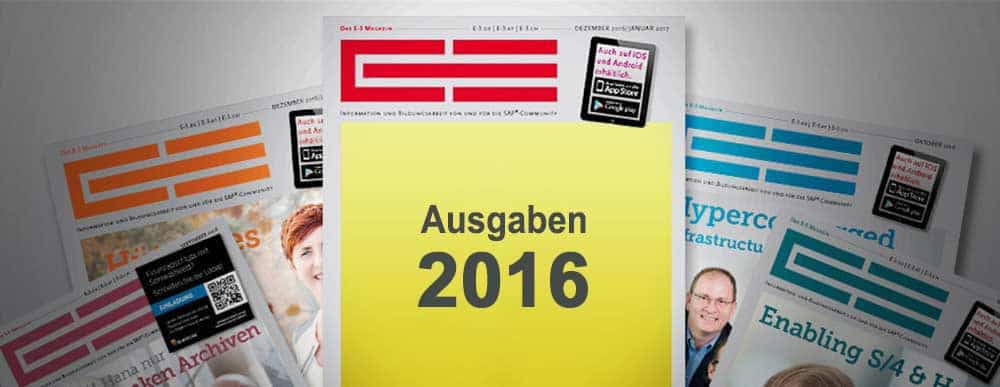Stock abandonment


AlzChem also used the new construction of its warehouse to optimize its logistics processes. In six months, SAP EWM was introduced as the new warehouse management solution. The chemical company was supported by SAP SCM and logistics specialist Serkem.
In addition to its own warehousing tasks, AlzChem uses the logistics center for processing with its strategic partner at the site. With the multicustomer-capable SAP Extended Warehouse Management (EWM) solution, all warehouse-relevant activities now run in one system.
For this purpose, the inventories of different customers are managed in different plants. Thus, even the annual inventory per customer is possible.
Mobile, on and offline
To make daily work in the warehouse easier for employees, AlzChem relies on mobile data collection - even without full WLAN coverage. An offline-capable solution was required. This was delivered by Serkem.
Whether online or offline, entire work packages can be processed with scanner support. And this takes into account optimization logics and criteria such as priorities, as few gear changes as possible, etc. Another advantage: All steps are documented and current inventory data is available in SAP.
In the goods receiving area, the pallets are recorded with material number, batch and quantity via scanner and linked to a pallet number. This has a central task. It ensures the traceability of pallet movements in the system. From goods receipt to delivery, each pallet has a unique number.
Then a forklift truck brings the pallets to the respective destination. The transports in the warehouse often consist of several steps. With the solution in SAP EWM, a shipment is created with only one destination, but it is confirmed and moved in several steps by different employees.
These transport chains are mapped with barcode support in SAP EWM: In addition to the final destination, the current position of the pallet can also be seen, and the work steps that are still open are known for each area. Longer production than storage shifts in Trostberg are the reason for two roller conveyors on the long side of the warehouse.
The pallets are fed individually through the gate into the building and buffered until they are put away - this means that deliveries are also possible outside operating hours. The goods receiving process is more flexible.
It is additionally accelerated via cross-docking functions. If cross-docking occurs during putaway, the goods are posted directly from goods receipt to a special storage type.
To do this, an employee in the warehouse control station triggers the cross-docking process. The production goods are booked to a customer delivery and go directly to loading without a detour via the warehouse.
The hazardous materials warehouse is located in a separate area of the logistics center. Here, the new solution in SAP EWM supports the fulfillment of legal requirements for the storage of hazardous materials on the system side.
Solids, for example, are stored in levels 4-7, non-flammable and non-corrosive liquids in levels 2-3. The assignment is based on the storage area indicator in the material master. Only marked substances are also stored at the chemical company.
At the same time, the maximum permitted quantity of hazardous substances in the warehouse is also observed: 1000 tons total weight for toxic substances, 500 tons for very toxic substances. If defined thresholds are exceeded, warnings are automatically generated overnight in the form of e-mails.
In the new chemical warehouse, the 9000 storage spaces are divided into two blocks for two high-bay stackers.
"Due to the limited number of transfer stations and the time required for an aisle change of the high-bay stacker, an optimized process is of key importance here"
explains IT Manager Stefan Hahn.
"Despite the limited space, the highest possible throughput must be ensured."
Both the double play of the high-bay stacker and the minimization of the number of necessary aisle changes help to save time, distances and costs. Retrievals have the highest priority by default and always take place from the open aisle.
For more flexibility, the optimization can be changed to putaway - the double play still takes place, but with a lower priority.
Process reliability
The rollout of the new warehouse management solution took place gradually without inventory migration: the warehouse was slowly filled via goods receipts, while the old warehouse continued to operate in parallel.






